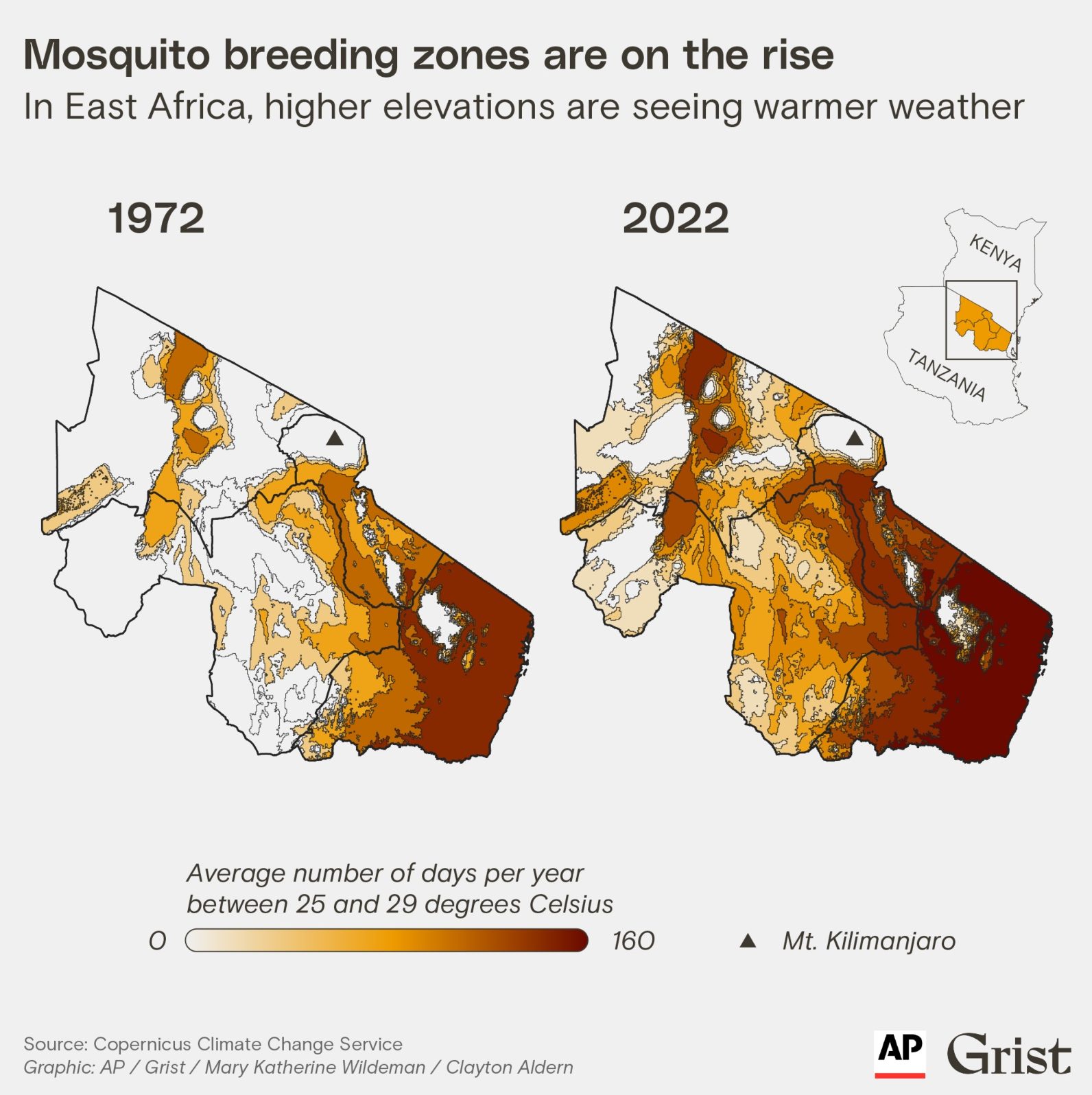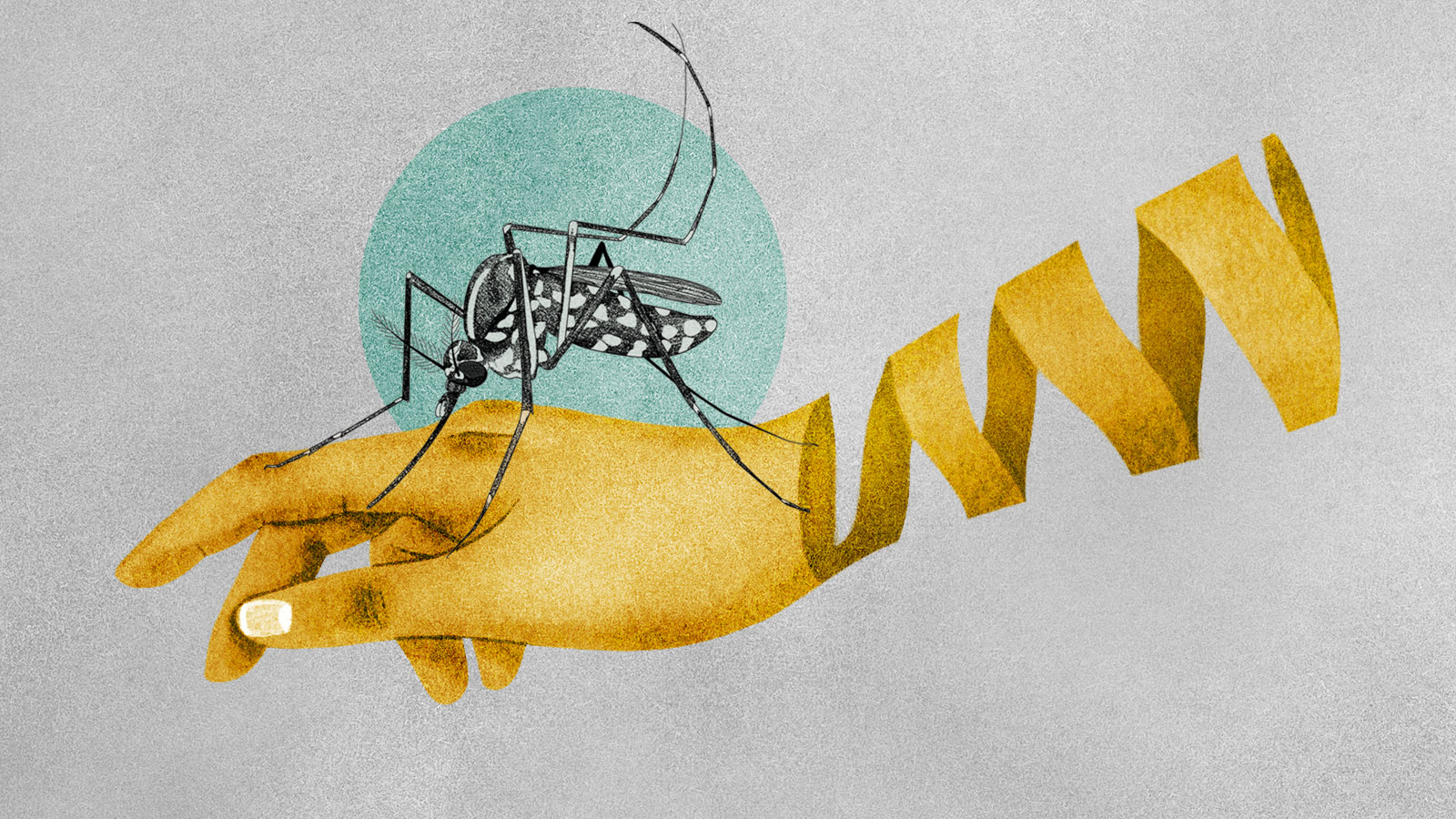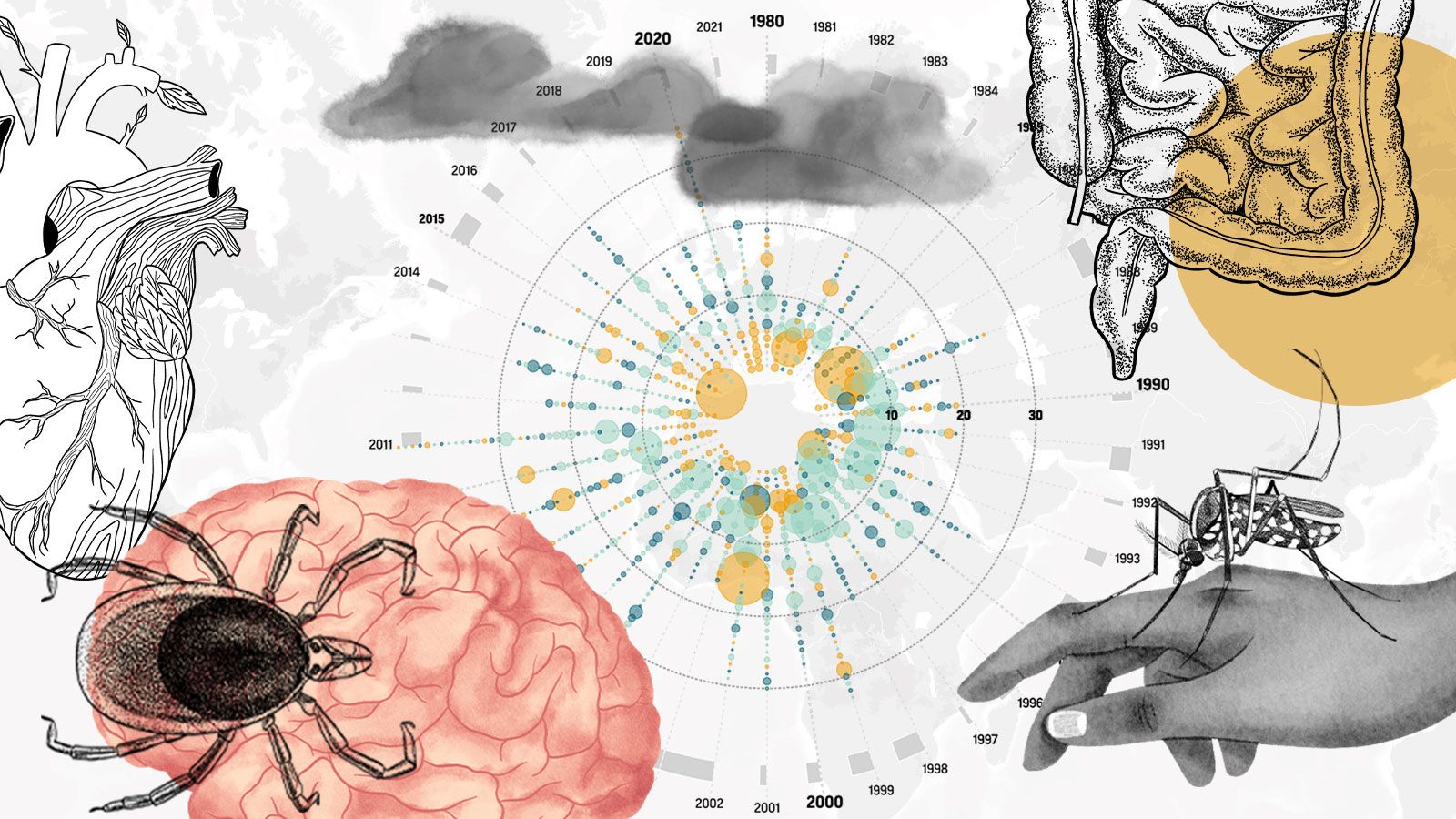Climate Connections is a collaboration between Grist and the Associated Press that explores how a changing climate is accelerating the spread of infectious diseases around the world, and how mitigation efforts demand a collective, global response. Read more here.
As the planet warms, mosquitoes are slowly migrating to higher places — and bringing malaria to populations not used to dealing with the potentially deadly disease.
Researchers have documented the insects making their homes in higher places that are typically too cool for them, from the tropical highlands of South America to the mountainous but populous regions of eastern Africa. A recent Georgetown University study found them moving upward in sub-Saharan Africa at the rate of 21 feet per year.
“The link between climate change and expansion or change in mosquito distributions is real,” said Doug Norris, a specialist in mosquitoes at the Johns Hopkins Bloomberg School of Public Health.
It’s difficult to pinpoint how these shifting mosquito populations will affect specific populations, Norris said, in part because people have gotten better at fighting malaria.
Global deaths from the disease declined by 27 percent between 2002 and 2021, as countries have adopted insecticide-treated nets, antimalarial drugs, and tests. Eighteen million doses of a new malaria vaccine are set to be distributed across Africa in the next two years.
But the world faces new threats: U.S. health officials say the first malaria cases in the United States since 2003 were found in Florida and Texas in May and June, and an invasive mosquito species is likely behind spikes in malaria in Djibouti and Ethiopia. Climate change presents another emerging threat, World Health Organization officials wrote in their latest global malaria report.
But scientists agree mosquitoes are on the move.
One study published in 2016 found the habitat for malaria-carrying mosquitoes had expanded on the higher elevations of Kilimanjaro by hundreds of square kilometers in just 10 years. The densely populated region faces new risks from malaria as a result, the research found, especially considering the population has not faced much exposure before. Meanwhile, the study found fewer mosquitoes at warming lower elevations.
“As it gets warmer at higher altitudes with climate change and all of these other environmental changes, then mosquitoes can survive higher up the mountain,” said Manisha Kulkarni, a professor and researcher studying malaria in sub-Saharan Africa at the University of Ottawa.
The region Kulkarni studied, which is growing in population, is close to the border of Tanzania and Kenya. Together, the two countries accounted for 6 percent of global malaria deaths in 2021.

The mosquito’s migration has been seen elsewhere. For example, researchers in 2015 noticed native birds in Hawaii were squeezed out of lower elevation habitats as mosquitoes carrying avian malaria slowly migrated upward into their territory.
But given that 96 percent of malaria deaths in 2021 occurred in Africa, with children under 5 years old accounting for the majority of those fatalities, most research on the trend is found there.
Jeremy Herren, who studies malaria at the Nairobi-based International Centre of Insect Physiology and Ecology, said there is evidence that warming temperatures influence where mosquito populations choose to live. But it’s challenging to make sweeping predictions about how that will affect the spread of malaria, he said.
For example, Herren noted the long-dominant mosquito species in Kenya fell off in the mid-2000s, around the same time that insecticide-treated nets were widely distributed. The species is now nearly impossible to find, he said, a shift that is likely not attributable to climate change.
Mosquitoes are also picky about their habitat, Norris said. The different malaria-carrying species have various preferences in temperature, humidity, and amount of rainfall. In general, however, mosquito larvae grow faster in warmer conditions, he said.
Rising temperatures are also not the only way a changing climate gives mosquitoes the upper hand. The bugs tend to thrive in the kind of extremes that are happening more frequently because of human-caused climate change.
Mosquitoes tend to thrive in the kind of extremes that are happening more frequently because of human-caused climate change.
Longer rainy seasons can create better habitats for mosquitoes, which breed in water. But conversely, while droughts can dry up those habitats, they also encourage people to store water in containers, creating perfect breeding sites. An outbreak of chikungunya, another mosquito-borne disease, between 2004 and 2005 was linked to drought in coastal Kenya for these reasons.
Researchers found malaria cases in the highlands of Ethiopia fell in the early 2000s in tandem with a decline in temperatures as global warming temporarily stalled.
Pamela Martinez, a researcher at the University of Illinois, said her team’s findings on malaria trends in Ethiopia, published in 2021 in the journal Nature, lent more confidence to the idea that malaria and temperature — and therefore climate change — are linked.
“We see that when temperature goes down, the overall trend of cases also goes down, even in the absence of intervention,” Martinez said. “That proves the case that temperature has an impact on transmission.”
The researchers also noticed mosquito populations creeping upward to higher elevations during warmer years.
Ethiopia’s temperatures began to warm again in the mid-2000s, but public health officials also ramped up efforts to control malaria in the highlands around that time, which has contributed to a sustained decline in cases. But even as the Ethiopian Ministry of Health drafted a plan to eliminate malaria by 2030, its authors laid out the threats to that goal: population shifts, a lack of funding, the invasion of a new mosquito species, and climate change.




